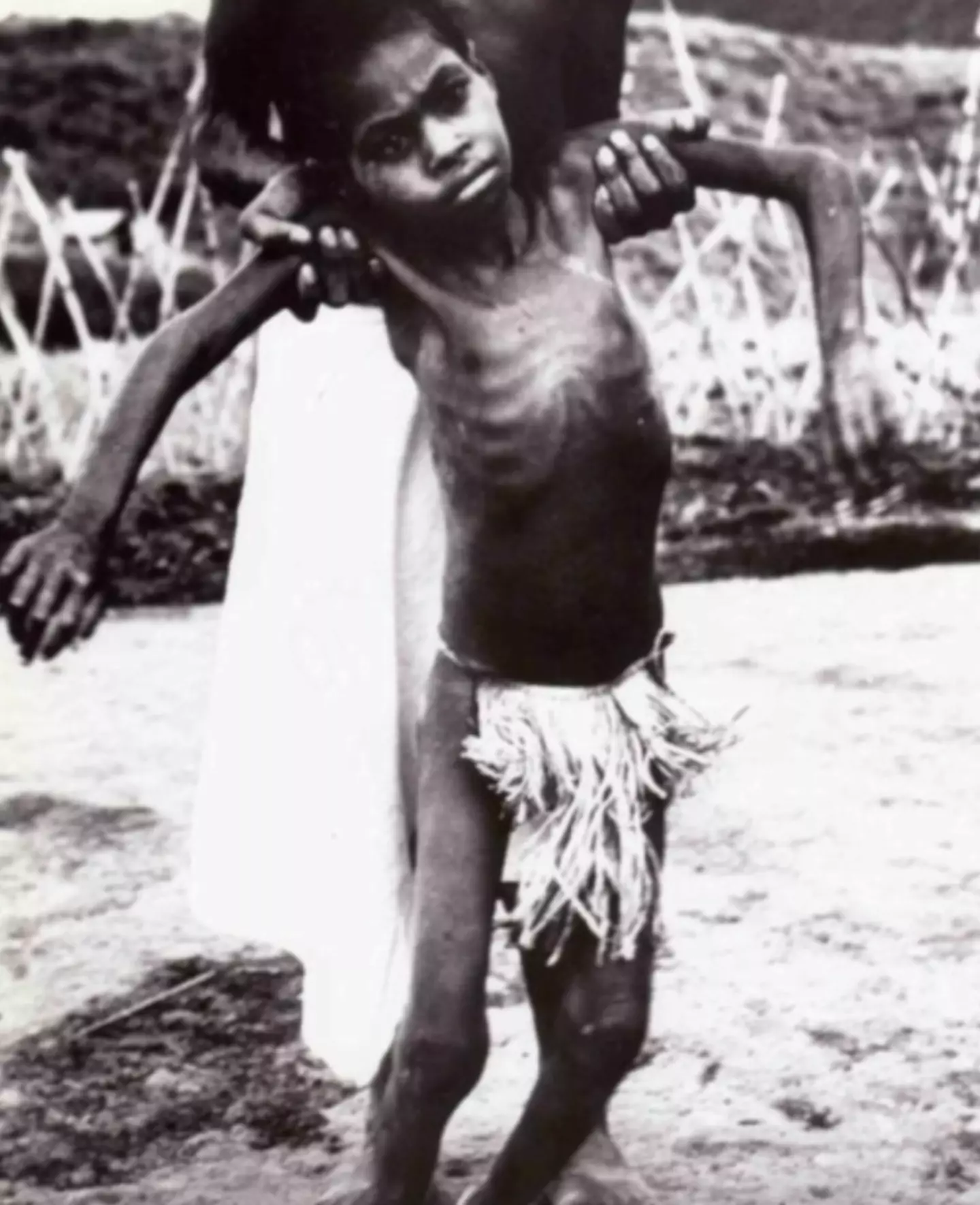
Unfortunately, there are many diseases across the globe that have huge impacts on millions every single day.
While fatality rate has decreased for the majority of some of the world's deadliest diseases, thanks to advancements of medicine and health services over the years, many still persist in a big way.
In fact, one of the world's deadliest disease actually has close to a 100 percent fatality rate - something unheard of nowadays.
The kuru disease was first discovered in the 1950s from the cannibal tribes of Papa New Guinea, and is caused by an infectious protein (prion), which is found in contaminated human brain tissue.
Advert
As per Medline Plus, "[kuru] is found among people from New Guinea who practiced a form of cannibalism in which they ate the brains of dead people as part of a funeral ritual."
While the practice of eating these brains stopped in the 1960s, cases of kuru continued to pop up for many years after, with people continuing to die from the deadly disease in the years that followed.

The incubation period for the disease is a very long one - one that could take anytime from a few years to even decades.
While the most common incubation period is between ten and 13 years, some cases of 50 years or even longer have been reported in the past.
Advert
But once these symptoms do occur, the individual only usually lasts for between a year or two before a tragic death.
So what are the symptoms?
Well, some of the most common include arm and leg pain, difficulty walking, headaches, difficulty swallowing, tremors and muscle jerks.
It should be worth noting that kuru is extremely rare, especially from the 200 deaths reported per year in 1957.
Zero deaths have been reported from 2010 onwards, with information sketchy on who was the last person to pass away from the deadly disease.
Advert

Some sources suggest that the last person who died from kuru was in 2005, while others have said it was in fact 2009.
Nonetheless, the disease is pretty dormant nowadays.
The disease was at its peak in the 1950s, where the mortality rate in affected villages went as high as 35/1000 population.
It was found that children and women were more impacted than men - possibly due to the fact the women and children would eat the brain in the tribe.
Advert
The men, meanwhile, preferred to indulge on the muscles.
Topics: Health, World News, Weird